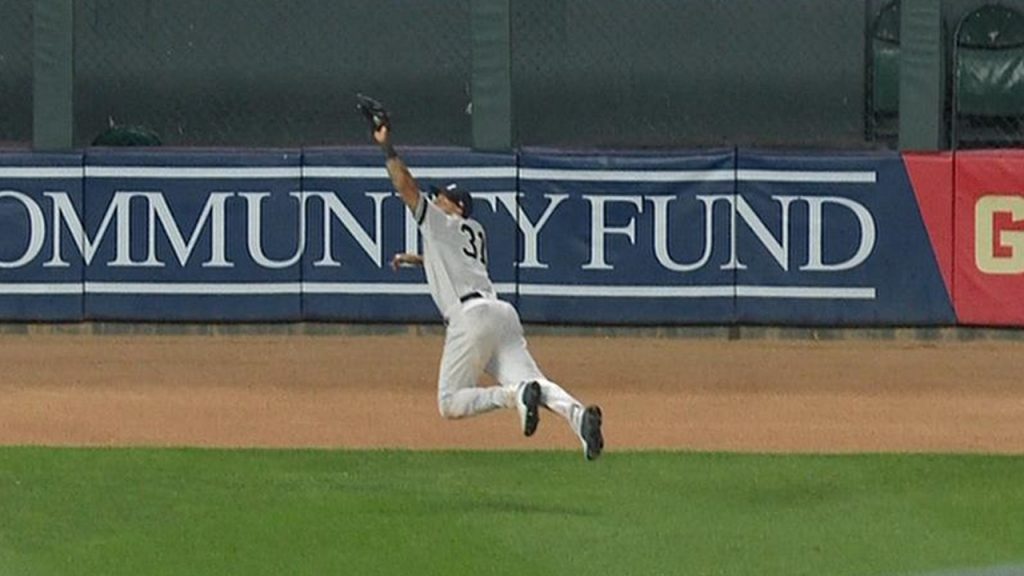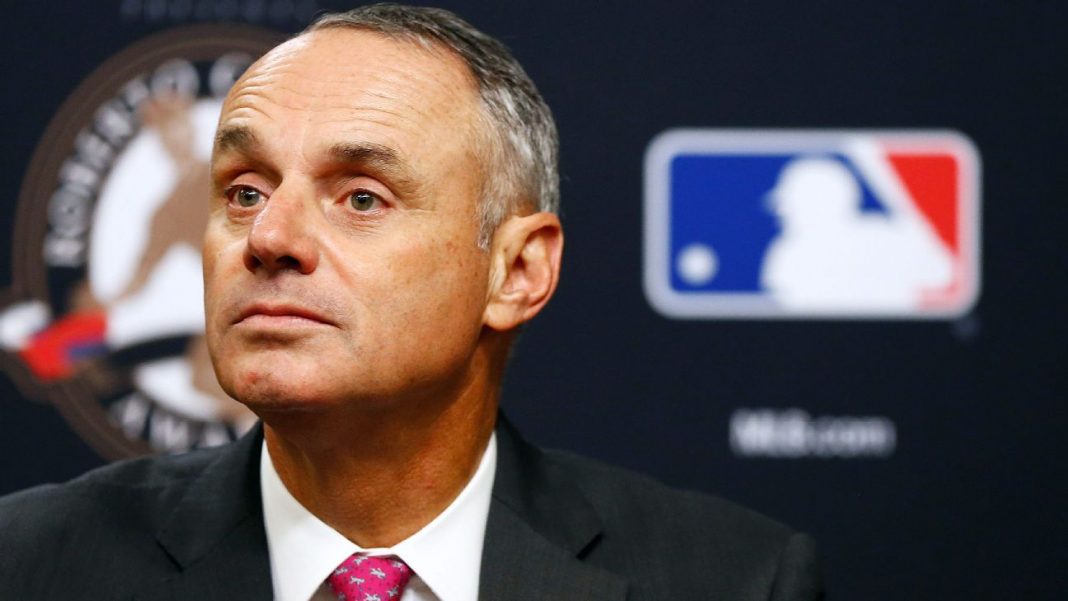Changes are coming to the MLB in 2020, and with more changes sure to come, questions arise about pace of play.
On Tuesday night, July 23rd, the New York Yankees and Minnesota Twins faced off at Target Field in downtown Minneapolis. Game two of this three-game set initially appeared to be a blowout as the Twins quickly jumped in front with an 8-2 lead by the end of the 4th inning. The action that would soon follow created an instant-classic that is not-so-arguably the best baseball game of the 2019 season thus far.
The Yankees and Twins, who entered the night sitting atop the American League East and Central divisions respectively, tallied a combined 26 runs on 35 hits. It would take 10 innings for this game to reach its conclusion, with the Yankees quite miraculously holding on to complete a 14-12 win. While the two offensive heavyweights traded blows in this back and forth thriller, there was a feeling that every pitch was of monumental importance; not often the case for a regular season game in July.
In its entirety, this gem was a fun and mesmerizing journey of entertainment. The main takeaways during and after should have stemmed from something along the lines of, “this game had everything!” Fortunately, there was high praise for the showcase of talent put on display. Unfortunately, the coverage was also clouded by what is seemingly the MLB’s PR kryptonite: time.
Clocking in at 5 hours and 3 minutes, this matchup exceeded the 2019 game-duration average by nearly 2 hours. For those who watched or listened live, this isn’t the first time you have been given that information. More than likely, you knew exactly when the game crossed the 3-hour mark, and the 3.5, and the 4, and… you get the point. The length of time was brought up and discussed on air at least every half-inning once the seventh inning started. Some mentions were simply made by commentators in passing to joke with their audience about not falling asleep. All the other clock-related talk came off as groaning criticisms from tiring men and women who just wanted it to end already.
In a vacuum, the attempts at humor would probably receive a neutral or positive response. But when Major League Baseball has been struggling with getting a grip on this subject for years, taking the “don’t fall asleep now” route, is far from the most ideal way to handle a lengthy broadcast. The problem is worsened when those who directly communicate with the masses are feeding into the narrative that baseball is too slow. Frequently cutting to shots of the current and running times shown on stadium scoreboards doesn’t do baseball any favors either.
The blame here should not be directed solely at national and regional broadcast teams. If we step back and view commentators and their input as a mouthpiece representing the current state of baseball, rather than those who mold the culture of fandom. It becomes clear the game speed debacle is being mismanaged from those at the top.
One of the strongest driving forces behind the continuation and growth of this entire speed conversation is the MLB itself. The league has been toying with a plethora of rule change concepts every offseason for some years now. Ideas to speed up the game vary from minuscule to shockingly impactful.
For example, shrinking the number of commercial breaks and mound visits won’t particularly sway the needle. Starting in 2020, pitchers cannot be taken out of the game until they have faced at least 3 batters; sure, that might shave some minutes off the games but it is going to drastically alter the management of bullpens, lineups, and substitution decisions. The MLB merely discussing rule changes catering to those who want a faster game was enough to louden the noise. Now they have reached a point where the noise is so deafening that rule changes are being implemented.
They are rules not only changing speeds, but will inevitably affect entire rosters. That is absurd. In a strange and nonsensical way, the MLB is essentially helping people bully baseball into becoming something it’s not. What should the MLB do instead of bash their product and open a Pandora’s box of negatively-influential rule changes? Market the amazing talent, games, and overall product they already possess.

Let’s go back to the Yankees-Twins game. The possibilities of what can be unpacked here are numerous but for the sake of quick marketability, highlights only. There were five lead changes and six home runs. Everybody loves the long ball, right? They gave us a bunch. Both teams used seven pitchers. Half the pitchers were struggling which means the others had to come in with the pressure on and try not to mess up too. Both managers were visually and audibly heated all game long due to inconsistencies from home plate umpire, Ramon De Jesus. Twins Manager Rocco Baldelli was ejected after arguing a rather borderline no-strike call in the top of the eighth inning. Minnesota’s bench coach, James Rawson, was also ejected the very next inning.
Speaking of pressure, one of the best closers in all of baseball, Aroldis Chapman, came in to save the game in the bottom of the ninth with a 12-11 lead. He then walked the bases loaded and gave up the tying run via sac-fly; runs were scoring even when people weren’t getting hits. The final play of the game came on Max Keppler’s bases-loaded shot, deep into the gap between left and centerfield. The night’s hero, centerfielder Aaron Hicks, made a sprinting, full-extension dive and catch before slamming back to down earth at the warning track. He hit an absolute moonshot to take the lead in the top of the 9th and capped it off with one of the most athletic plays of the year.
This game was truly must-see TV and every minute of all 10 innings were beautiful. MLB, market these things! Phenomenal performances and entertaining situations occur in The Bigs every single day.
There is always going to be a population of those who complain about the pacing of the game. It is not unreasonable to believe more complaints come from general sports fans than baseball fans specifically, but the noise exists regardless. Baseball isn’t meant to be rushed. It is nuanced.
The smallest details make the biggest differences. Games are played with an intense focus on strategies, management, pitch sequencing, player communication, mental clarity, mind games, the list goes on. All the intricacies of baseball matter. From the dimensions of the stadium, to the umpires’ attitudes, to the look a hitter gives a pitcher before stepping into the box, it all matters. Changes to the sport should be implemented if they are likely to enhance the product on the field.
Those who hold heavy influence over public opinion, and baseball altogether, need to stop reinforcing the idea that sound, methodical approaches to the game are the enemy. The league has the superstars and talent, it has the home runs (on pace for the most ever in a season), it has the personalities, it has the rivalries, and most importantly it has the international and global reach to attract and maintain fans.
America’s pastime is designed to evoke a full range of emotions. Sometimes, reeling in or unleashing those emotions just takes a little time.
All Statistics provided by Baseball-Reference.com




